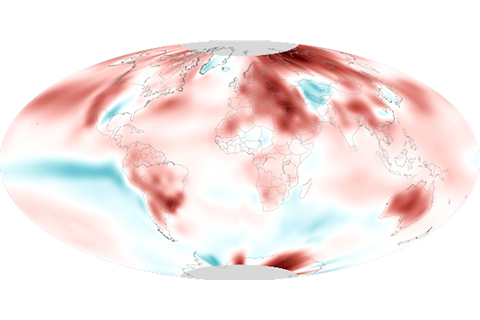
September 2020 was the hottest September on record for the globe, continuing a sweltering year.

September 2020 was the hottest September on record for the globe, continuing a sweltering year.

Climate.gov talks with Emily Fischer—an early-career atmospheric scientist and educator who has already made significant contributions to Earth science and fostering greater inclusion of women in the geosciences.
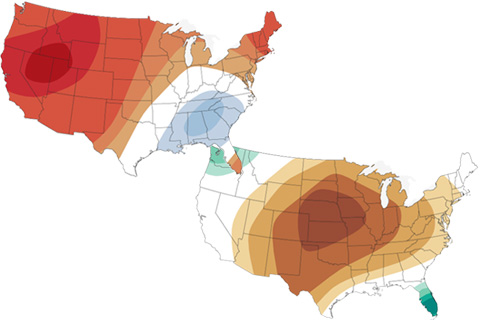
The latest maps from NOAA's Climate Prediction Center show where October 2020 is forecast to be much hotter and drier than average in the U.S. It's not a great outlook for the wildfire-affected West.
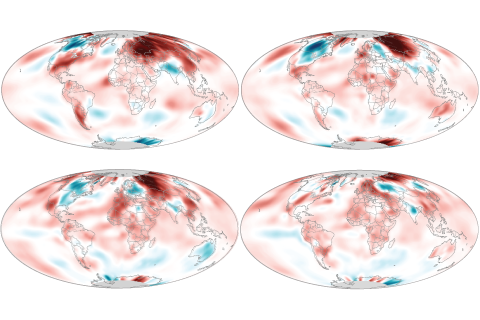
June 2020 broke the streak of each month being warmest or second warmest on record by being only the third-warmest June on record.
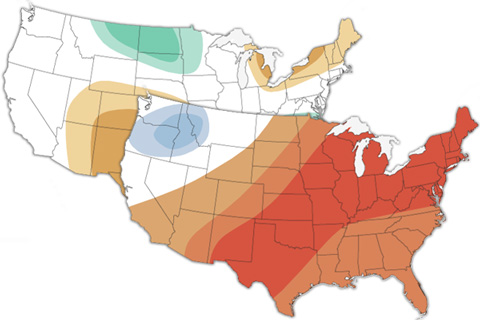
July temperatures are favored to be in the warmest third of the recent climate record for much of the U.S. In the drought-stricken Southwest, the odds of well below average precipitation are higher than the odds of an average or wetter-than-average July.
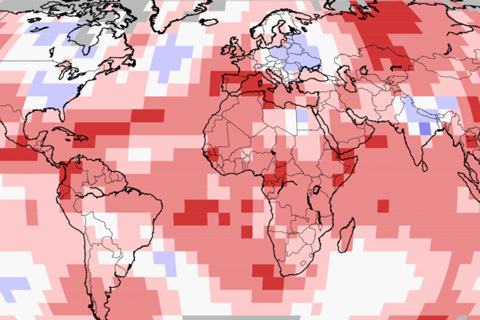
May 2020 tied with May 2016 as the warmest May on record for the globe, continuing 2020’s streak of having every single month either be the warmest or second-warmest month on record

A former NOAA fellow talks about the development of her career and the challenge of telling a model you don't want it to simulate El Niño.
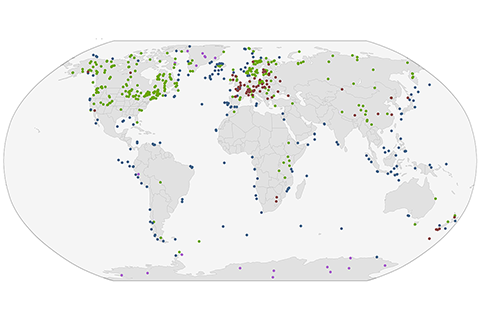
The most comprehensive database ever assembled of paleoclimate proxies that tell scientists about temperatures since the last ice age ended around 12,000 years ago has been released to the public.

Global temperatures in March 2020 were the second warmest on record, helping to start spring off just as abnormally warm as winter ended.

In 2015, NOAA's Climate Program Office (CPO) invited grant proposals from sea ice and climate scientists looking to better understand and predict Arctic sea ice behavior, on timescales ranging from days to decades. This is our second story on some of the resulting research.